
Question: The lady that plays Julia Stile's mother looks remarkably like Swoozie Kurtz. Any relation?
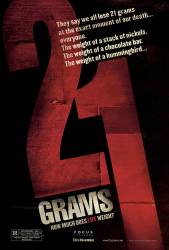
Answer: The title refers to an experiment in 1907 which attempted to show scientific proof of the existence of the soul by recording a loss of body weight (said to represent the departure of the soul) immediately following death. Referred to as the 21 grams experiment as one subject lost "three-fourths of an ounce" (21.3 grams), the experiment is regarded by the scientific community as flawed and unreliable, though it has been credited with popularizing the concept that the soul weighs 21 grams. (Wikipedia).
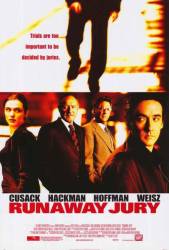
Question: It was revealed at the end what Rachel Weiss and John Cusack had planned all along, why did they ask Dustin Hoffman for 10 million? They never intended for him to lose, they were out to get Gene Hackman and the gun makers.
Chosen answer: Hackman's team was closely monitoring what Hoffman was doing in regards to the tampering, as evidenced by their taping of his conversation with Weiss when he decides not to pay. Cusack and Weiss probably anticipated this so were forced to offer the deal to Hoffman to keep up the illusion.
Answer: The short answer is because the viewers did not yet know their intentions so, from the viewers point of view, they should be asking both sides for money. Also, even though it was revealed much later they were on the side of the planting, it doesn't mean they were not greedy, and they would have taken money from either side or both sides.
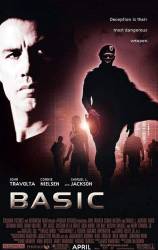
Question: Kendall was really part of 8. This is evident as he was rescued by Pike but went along with the story that he was rescued by Dunbar. Also, that Dunbar was in interrogation but knowing it was really Pike. He also uses the phrase, get your story right. He drew an 8 to indicate that he was part of the organization. He was rescued by Pike because he was part of 8.
Answer: First of all, what's the question? Second, Kendall was indicating that Section 8 was involved because they had the reputation of being a renegade outfit, to deter the fact the he was part of the drug smuggling gang that was operating within the military base.

Question: I just loved the music. Can anyone tell me whether there's a soundtrack or anything, or who are the main performing artists?
Answer: There is a soundtrack to the movie which has two oscar nominations for best original song and a nomination for original score - go to amazon.com to find out the artist info.

Question: Is there a reason why we do not ever see the face of Katherine's boy-toy "Zeus"? Is the salary lower for actors whose face is not shown?
Answer: Zeus' face is not shown because the directors want to leave him to our imagination. Without knowing, he can be whomever we want him to be. This increases the credibility of her character as well since she is spontaneous and a free spirit with no "real" attachments. He is just like her - attainable physically, but not emotionally.
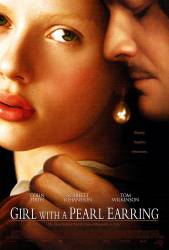
Question: Does Greit say yes when Peiter asks her to marry him? I couldn't work this out.
Answer: Obviously, since she married him in the end.

Question: Why is Eeyore always sad? Does he suffer from depression?
Answer: It's never definitively explained, but Eeyore apparently suffers from depression, is sad about his tail, and generally always feels unhappy. Actually, he is just one character that displays a certain emotional type. Tigger is hyperactive and attention deficit, Rabbit is obsessive-compulsive, Owl is narcissistic, Piglet suffers from anxiety, and Pooh has an eating disorder.
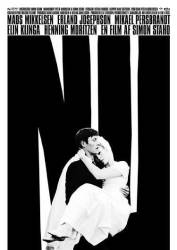
Question: At the end when the main character is in hospital, he speaks to a vision of his wife. He says something in Danish, but I can't find a subtitled version anywhere. Does anyone know what he says?
Chosen answer: In pursuit of the answer to your question, I have looked up and found screenwriter Peter Asmussen on Facebook, and directed your question to him. If and when he responds, and if nobody else has provided a translation by then, I will post an update here.
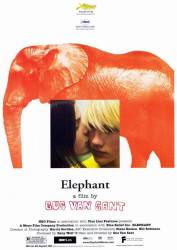
Question: Why did that guy shoot his own friend near the end? Why did the two start shooting in the first place anyway?
Answer: This movie was based on the Columbine High School Massacre, and another high school massacre. There's no answer to "why" they did it.
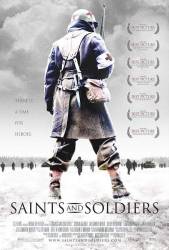
Question: We all assume, as I did when watching the movie, that the opening scene really was intended to be the Malmedy massacre. Could it have been that they were just hinting towards that, and that the opening scene (with the array of mixed Wehrmacht and SS, 101st Airborne and other which is historically not matching Malmedy) was simply another incident? Did the director ever intend to create a grossly false Malmedy scene? There were quite a lot more atrocities in that area and time, with executions of prisoners by both sides.
Answer: The massacre was intended to be Malmedy. Artistic license was taken with the participants but what happened is a possible version of events that caused the massacre.
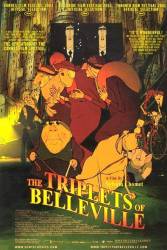
Question: Does anyone know what music is playing while the old lady crosses the ocean with the dog?
Answer: The music heard on the soundtrack as Mme. Souza and Bruno follow the ocean liner is from the opening movement (Kyrie) of Mozart's Mass in C minor.
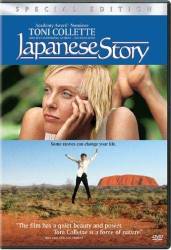
Question: What is the name of the Japanese song that plays prominently during the whole film, especially during almost all of the ending? It has both instrumental and vocal parts, and can be heard for the first time when Sandy and Hiromitsu make love.
Answer: I think its called "Chinsagu no Hana".
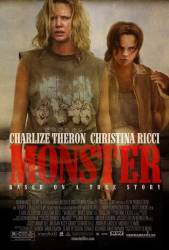
Question: Is it true that Lee was able to steal enough money from her victims to buy a house (or even just put a down payment on it?) I would assume she could only use cash, and it seems unfeasible that she'd be able to acquire that much cash from people's wallets without murdering hundreds of them.
Chosen answer: In the story it shows she does not kill every man. It is possible she had sex with multiple men without killing them and got more money (but maybe not that much) than just what she stole from the men she killed.
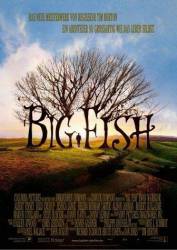
Question: After Ed and Norther rob the bank, Ed explains that he explained about how Texas oil money and poor federal regulation result in many savings and loans losing money. From the clothes and hairstyles, it looks like the 70s. Does anyone know what he is referring to?
Chosen answer: Deregulation of the U. S. savings & loan industry in the early 1980's greatly reduced the restrictions on which federally-chartered S&Ls could invest their money. Since the depositors' money was insured by the federal government, the S&Ls had no incentives to minimize risk. This resulted in a major political scandal by the end of the decade, to the tune of hundreds of billions of dollars being lost through questionable investments, with taxpayers picking up the tab. Many of the most egregious violators were based in Sun Belt states, including Texas. The fashions do appear to be a bit out of date, however.
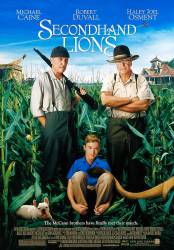
Question: Was the ending a suicide or just an accident?
Answer: An accident. They were inexperienced pilots trying dangerous barnstorming stunts. A fitting end for two adventurers afraid of nothing.
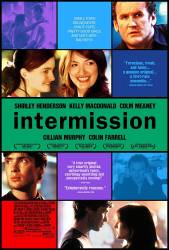
Question: What were the characters pouring into their drinks, and what were they pouring it into. I'm American, so I've never heard the term "brown sauce" before. I couldn't tell if it was chocolate syrup or like a steak sauce, or if they were putting it in their tea or coffee.
Answer: There is a condiment used in the UK that is actually called "Brown Sauce" It is used by many instead of Ketchup. It is slightly spicy and very nice on a bacon sandwich. They put it in their coffee for some reason.
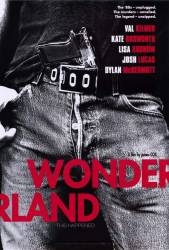
Question: What is the name of the song that plays at the end of the movie just before it goes to credits?
Chosen answer: 'If You Could Read My Mind' by Gordon Lightfoot.
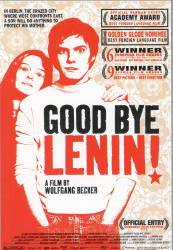
Question: Is the taxi driver the cosmonaut from Alex's youth? First he states that he's always mistaken for the cosmonaut, but then he tells Alex what's it like to be in space.
Answer: According to IMDb, Sigmund Jähn gave permission to be featured in the movie, but refused to play himself. It was very difficult to find an actor who looked like Jähn and spoke his typical dialect but after filming had begun, 'Wolfgang Becker' chose a Swiss actor. He was given complex make-up and was dubbed by another actor who came from Jähn's home region, the Vogtland.
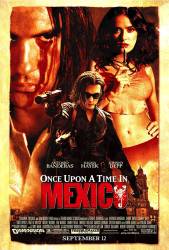
Answer: I can not find any reference to Joan Brandwyn's mother. I do not remember seeing her. Perhaps you are thinking of Mrs. Warren, Kirsten Dunst's mother in the film. She is played by Donna Mitchell. I have been unable to find a connection between the two.